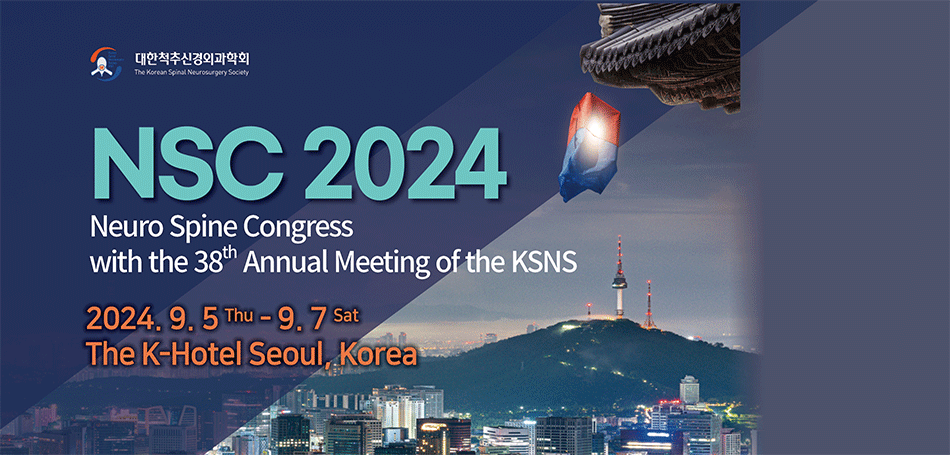
Spinal intramedullary tumors are known as one of the most complicated diseases to manage within the central nervous system (CNS). This is because the eloquent area is more concentrated in a small area than that of brain tumors. Therefore, there is a heightened concern for potential risks of neurological sequelae and complications following surgical removal and postoperative adjuvant therapies. Additionally, the lack of definitive evidence compounds the challenge of determining appropriate treatment strategies due to the infrequent occurrence and varied nature of these tumors. The critical factors in surgically removing spinal intramedullary tumors are the histological malignancy of tumors and invasiveness into the spinal cord. In cases of well-circumscribed tumors, complete removal is essential to expect recurrence-free period and increased survival expectancy. Conversely, when dealing with invasive tumors, preserving neurological function takes priority. Various intraoperative support tools and methods have been developed to facilitate the safe and thorough removal of these tumors. These tools include neuromonitoring, echo-imaging, dye-injection, and more. Therefore, surgeons must adopt smart and flexible concepts that carefully balance efficacy and the risk of complications in their surgical management. The necessity of postoperative adjuvant therapy should also be considered.
Recently multicenter studies that have analyzed a large number of cases have provided cumulative data on the prevalence and characteristics of spinal intramedullary tumors [1-3]. The updated classification of CNS tumors by World Health Organization in 2021 offers valuable insights for better management of spinal intramedullary tumors based on genetic profiles of the tumors [4]. Methylome profiling is a promising new technique for CNS tumor classification, and it has been validated by multiple studies [5-7]. Some authors have even suggested that environmental factors, such as socioeconomic status and residential location, can influence the quality of intensive care and treatment facilities [8,9]. The accumulation of this knowledge will gradually lead to better management of spinal intramedullary tumors.
This special issue focuses on spinal intramedullary tumor, which still remain relatively unknown and controversial in terms of appropriate management. In particular, this special issue compiles data and provides therapeutic insights for the rarest type of intramedullary tumors. Many of the articles in this special issue present results from the subanalysis of multicenter studies on spinal intramedullary tumors in Japan. These articles are expected to shed light on appropriate management strategies for these tumors, for which treatment options can be challenging to determine. Another crucial aspect of the surgical treatment of spinal intramedullary tumors is the surgical skill and strategy employed, which have a direct impact on patient outcomes. Surgeons tasked with removing spinal intramedullary tumors must continually be aware of and strive to improve their surgical techniques to achieve excellence.
The management of spinal intramedullary tumors is a complex and challenging task, but recent advances in research have offered new hope for patients. This journal’s ongoing series of special issues provides a comprehensive overview of the latest findings and their implications for clinical practice. The findings of these special issues have important implications for the future of research and treatment of spinal intramedullary tumors. By understanding the genetic and molecular basis of these tumors, we can develop more targeted and effective therapies. This will lead to improved outcomes for patients and a better quality of life.































